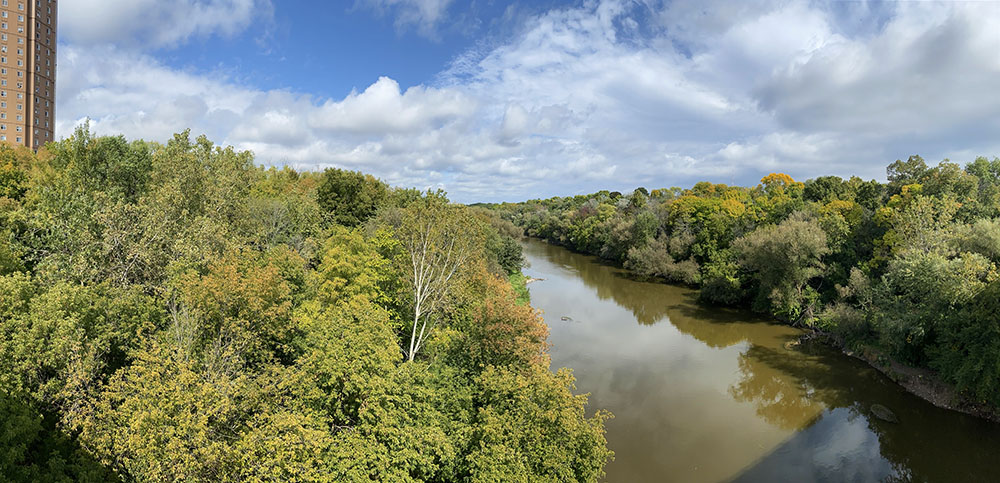
Milwaukee River Greenway: A year in the wilderness
November 22, 2020 | Topics: featured artist
By Eddee Daniel
As curator of The Natural Realm, it is with humility and gratitude that I conclude the 2020 ARTservancy season with my own work as Artist in Residence in the Milwaukee River Greenway. ARTservancy is a collaboration between Gallery 224 in Port Washington and the Ozaukee Washington Land Trust, River Revitalization Foundation, Milwaukee Area Land Conservancy and the Western Great Lakes Bird and Bat Observatory. The mission of ARTservancy is to promote the visionary work of both the artists and conservationists.

Artist Statement
Imagine…disappearing into the depths of a riverside forest, into a valley between tall bluffs, on a trail beneath a sheltering green canopy.
Imagine…kayaking downstream on a wide, scenic river with moods ranging from placid pools to turbulent whitewater.
Imagine…hearing only the sounds of wind in the trees, water gurgling over rocks, and bird song.
Imagine all of these things are possible right in the middle of the city.
But, of course, there’s no need to imagine. Just head for the Milwaukee River Greenway.
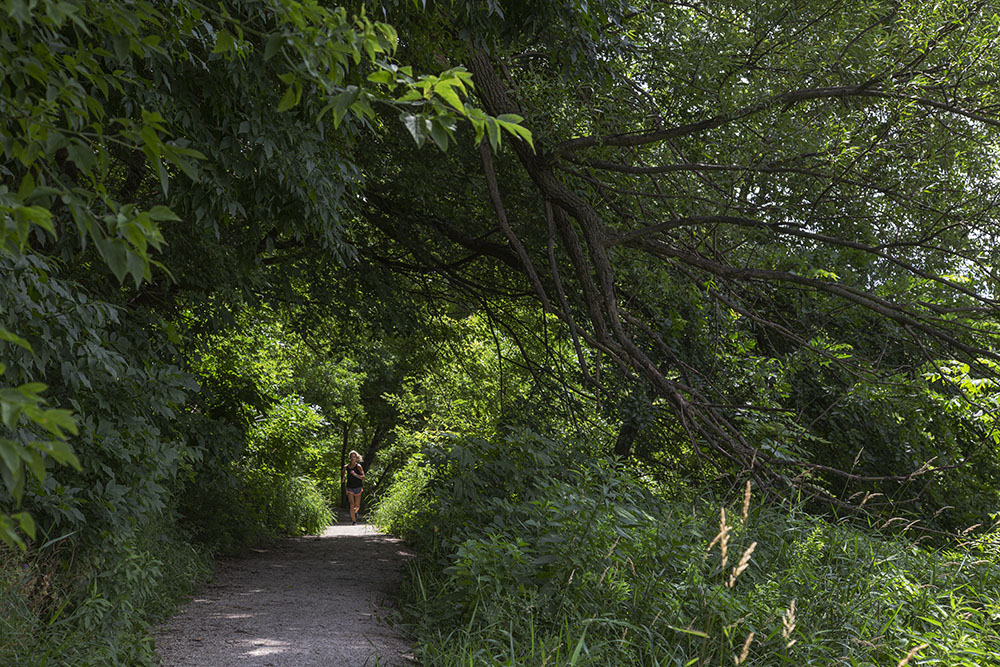
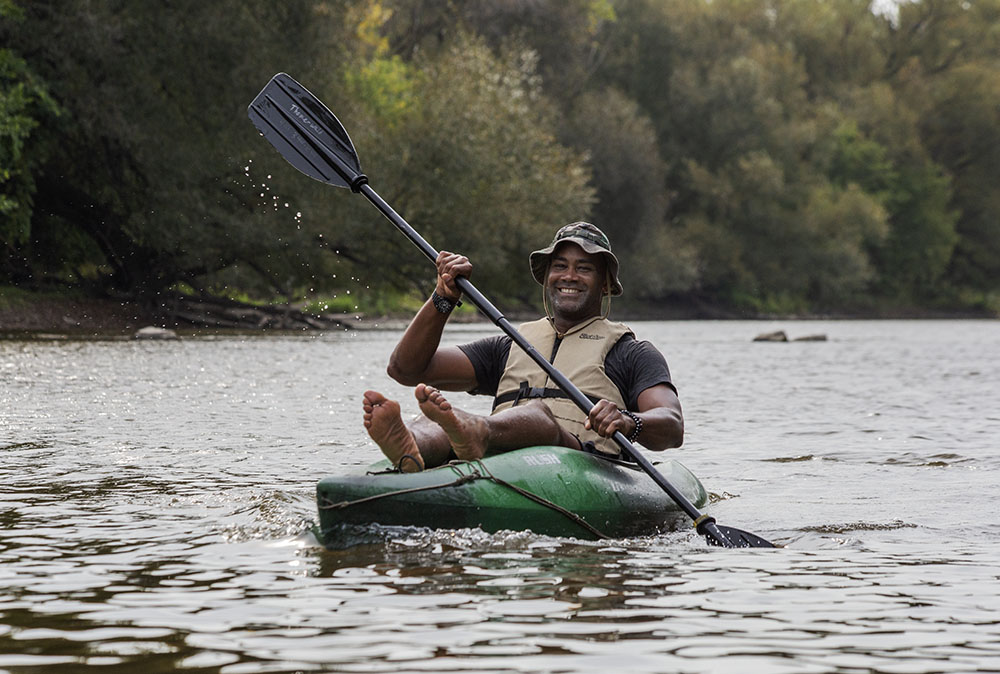
Now imagine being an artist whose work has long been devoted to depicting Milwaukee’s urban wilderness and learning that you have been invited to be Artist in Residence in the Greenway, the place that I have long considered Milwaukee’s premier urban wilderness. What a joy it has been to be recognized for work I love to do.
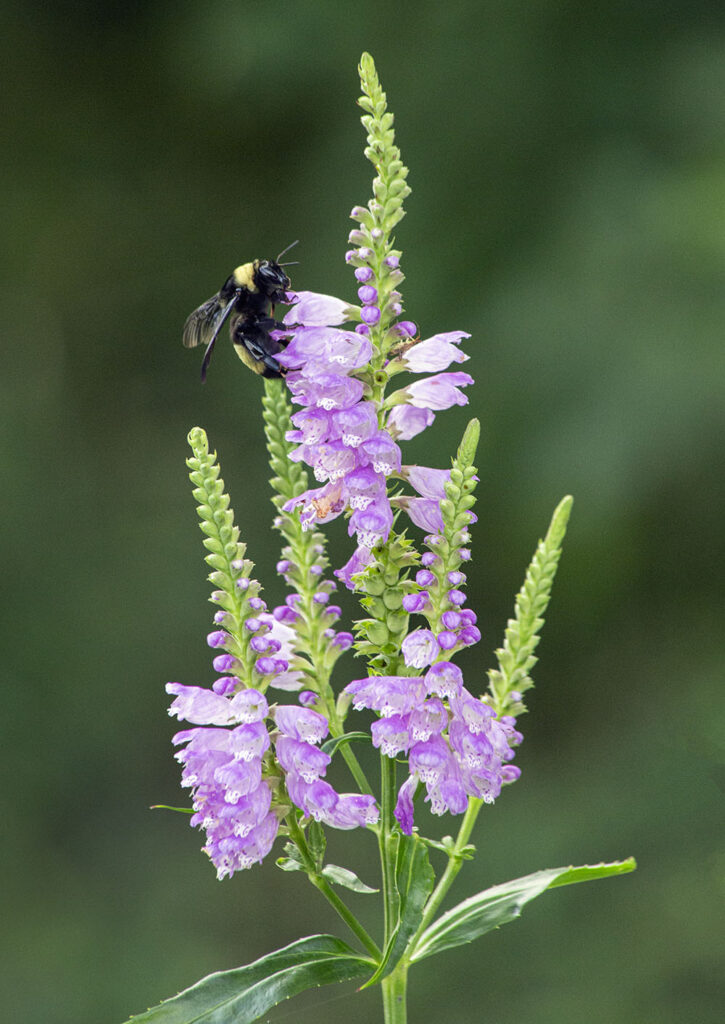
The day I did learn of it, in August of 2019, I went immediately to Turtle Park, which is located at the southern tip of the Greenway—and which, not coincidentally, is the home of the River Revitalization Foundation (RRF), Milwaukee’s urban land trust. I want to thank RRF and in particular, Kimberly Gleffe, the Executive Director, for partnering with ARTservancy and for hosting me this year.

That day in Turtle Park was spectacular! Above is just one of a number of images I made there of the glorious field of wildflowers that have been carefully nurtured by RRF staff. The green roof of the RRF headquarters is just visible above the wilderness of flowers.
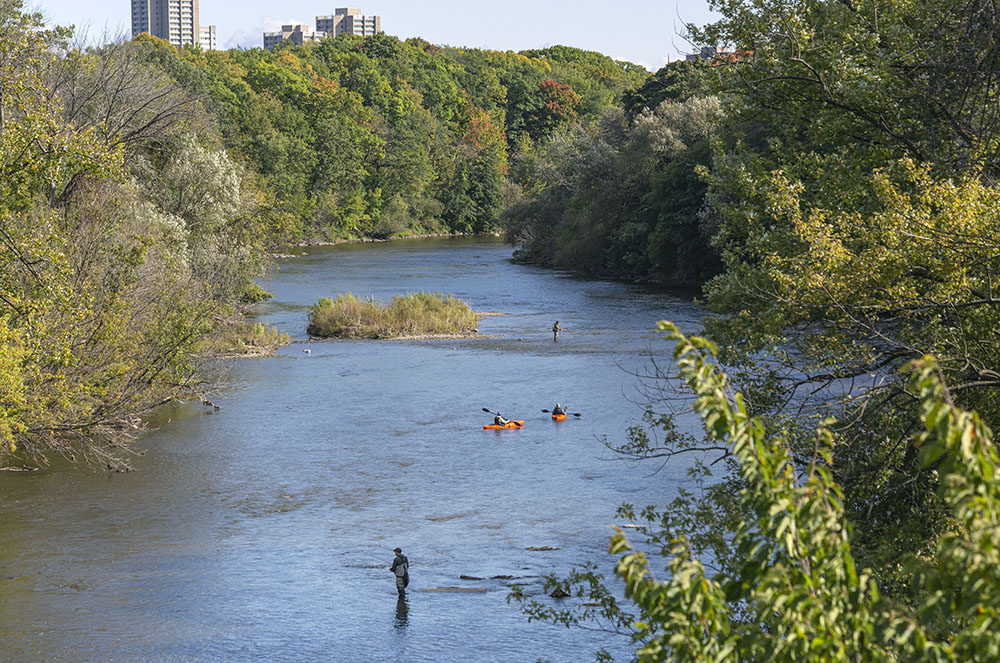
So began my year in the wilderness. Imagine trying to sum up in a few words and a few photos the experience of a year that is really the culmination of more than ten years….
During the course of my year, I’ve witnessed adventure…and frivolity.

I’ve observed wildlife…and not so wild life.
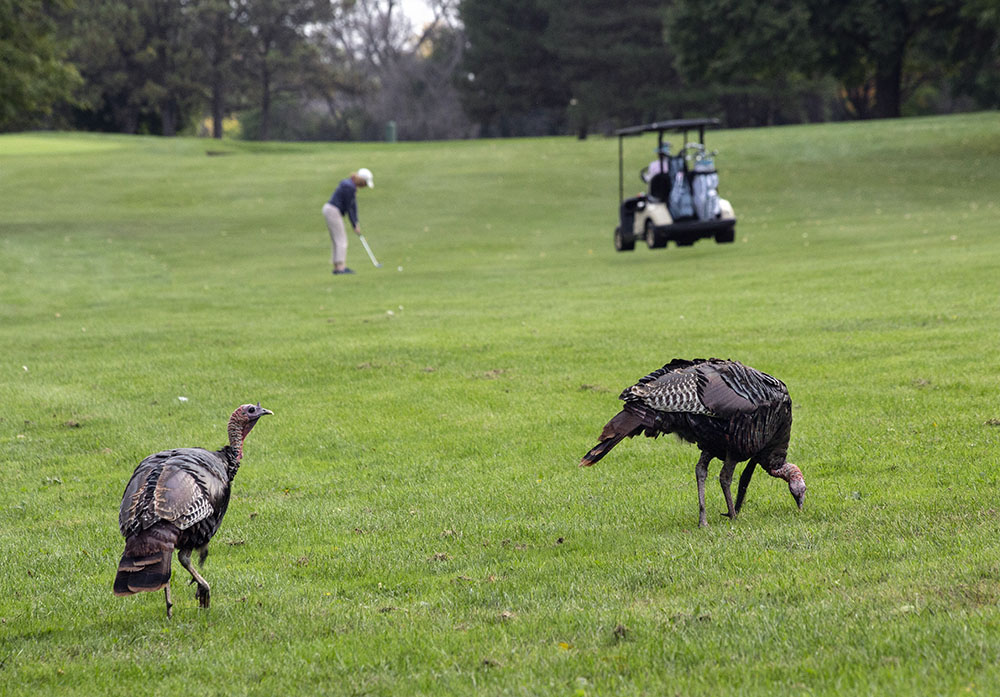
I’ve met a lot of wonderful people. More about that in a moment.
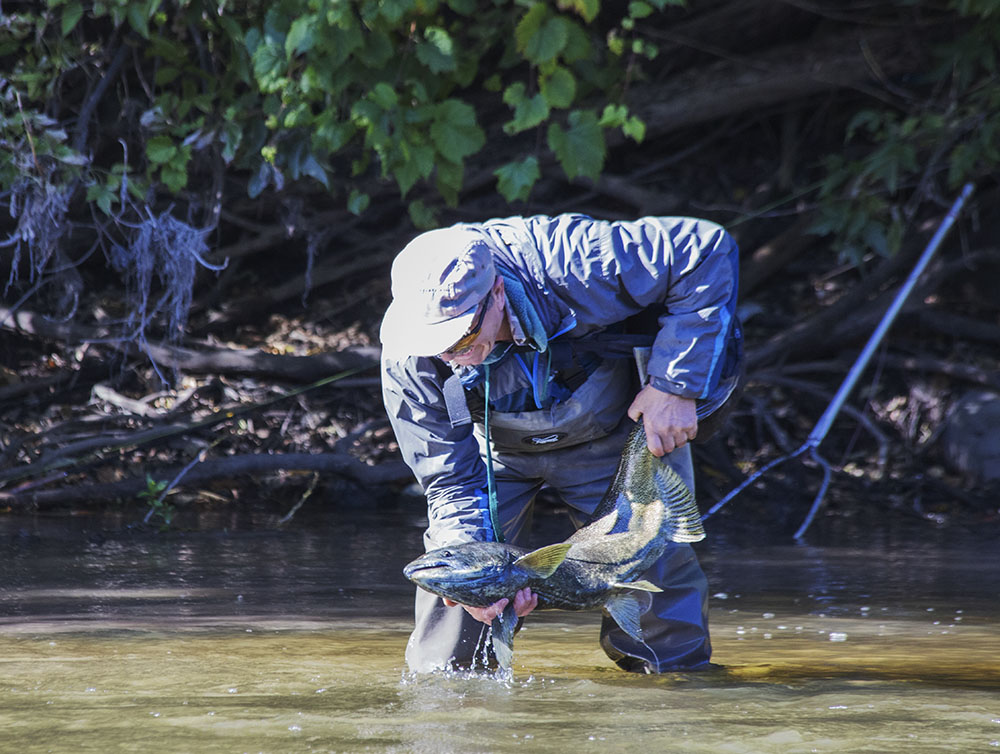
How does one represent urban wilderness? It is a question that’s been central to my artistic practice for over twenty years. In visual terms the answer has taken many forms during that time. Some depictions include the obvious juxtaposition of tall buildings or other architectural intrusions within otherwise natural settings.
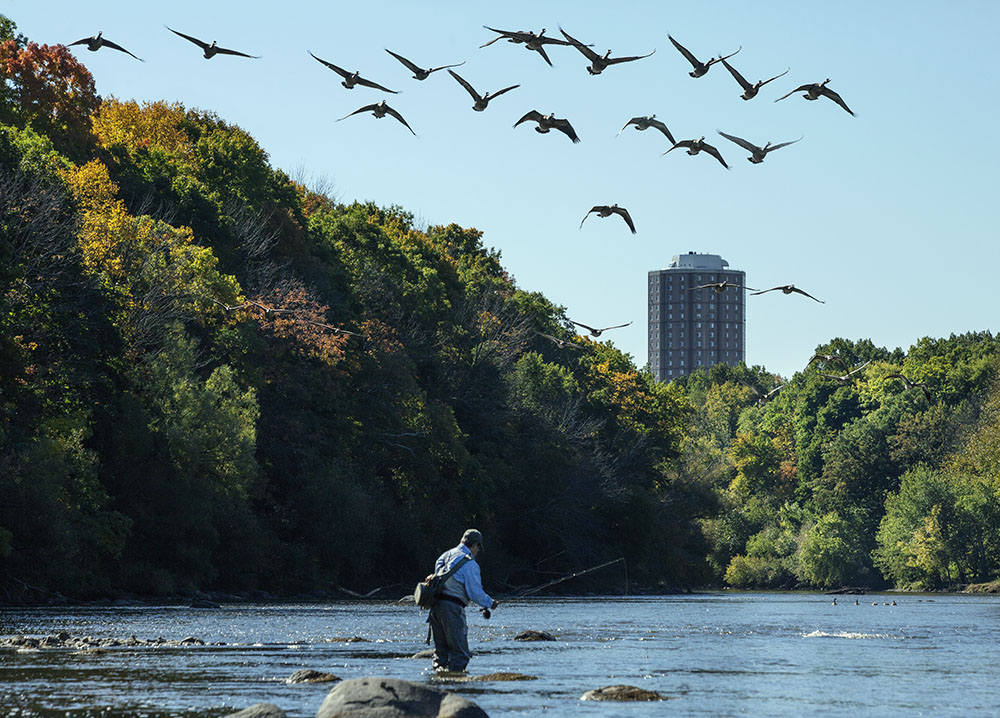
One of the most important principles embodied in the Greenway district is the protection of the “viewshed,” which is the largely successful attempt to minimize the visual impact of the surrounding city on visitors to the river valley. The purpose for protecting the viewshed is to preserve not simply land but the peace and tranquility of nature that is so necessary in these trying times and so hard to achieve in these circumstances. (The tall, prominent apartment building (above) and others that appear in a number of my images predate the Greenway agreement.)
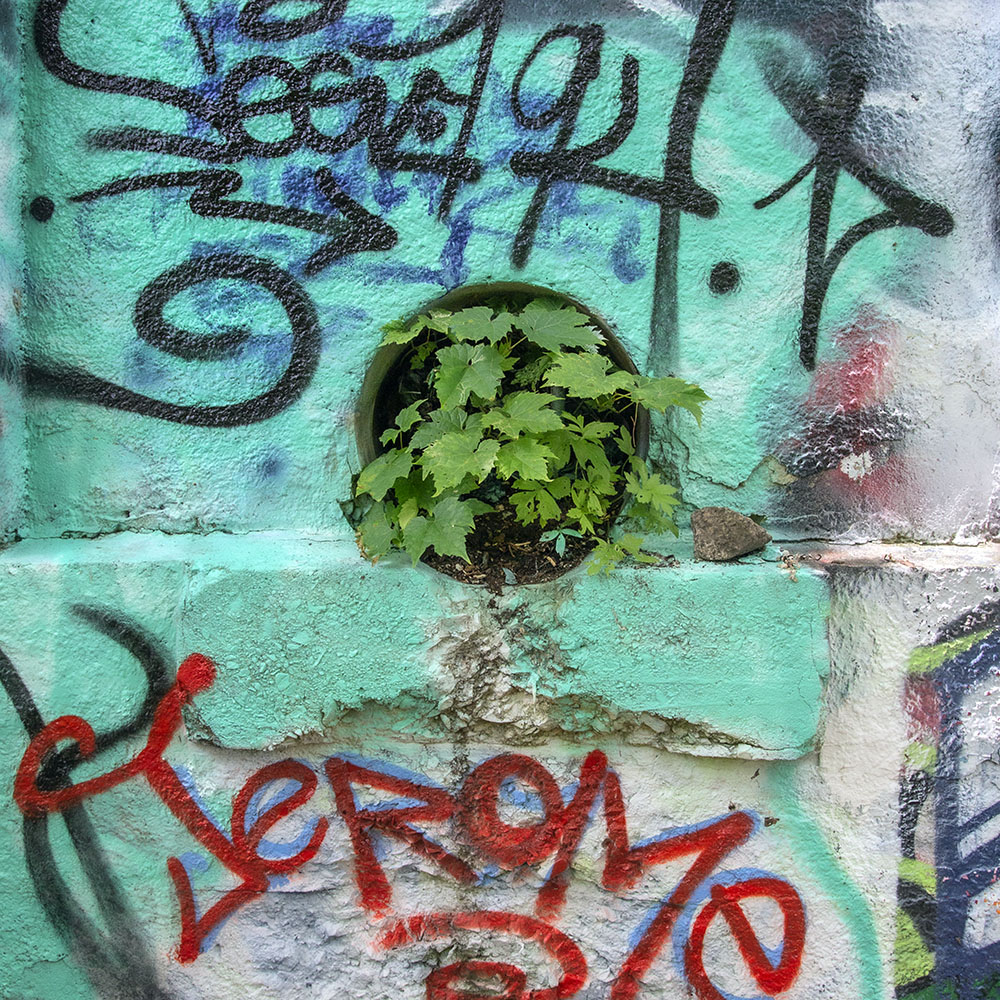
Sometimes I create more abstract and symbolic images that I refer to as “Synecdoche,” or a fragment (of nature) that represents the whole.
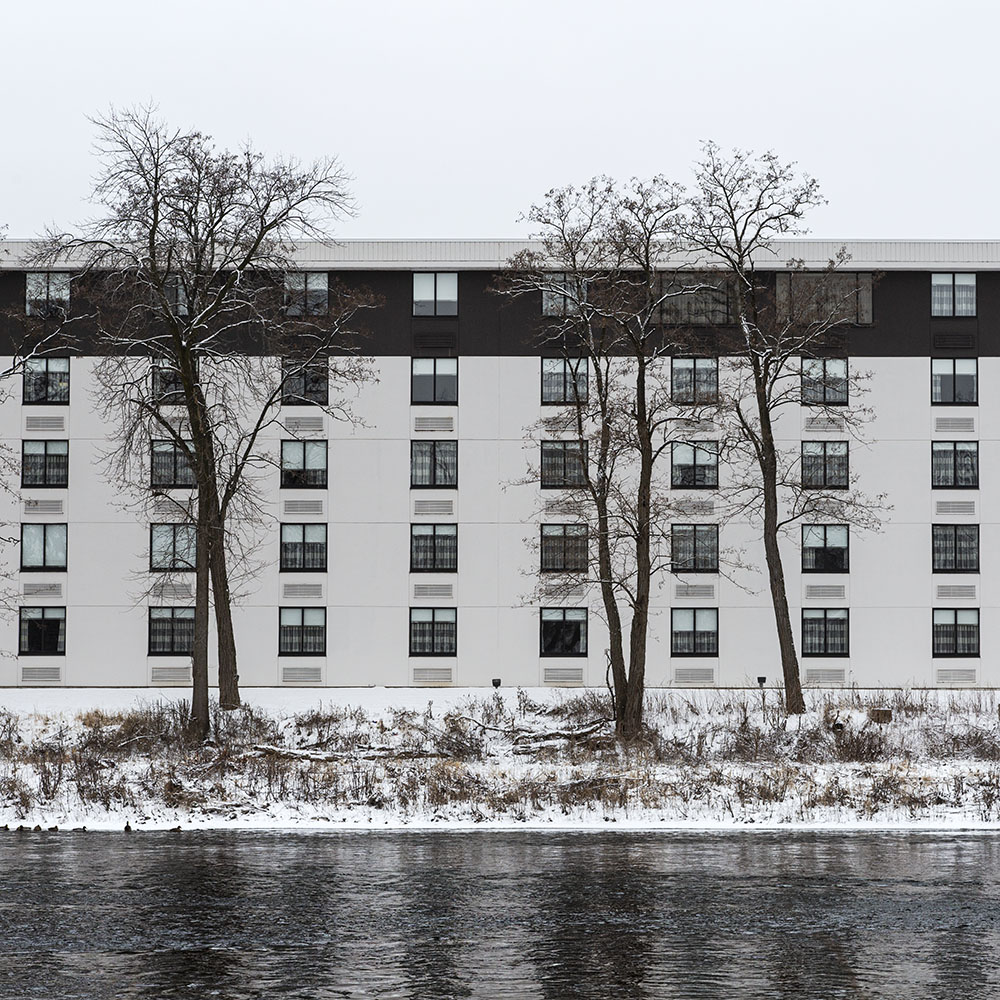
Another strategy for representing the urban wilderness is not to rely on a single image to tell the whole story. Single images rarely do that well in any case. I prefer sequences of images that provide greater scope, context, and depth, such as the sequences included in my regular blog posts.

Then there’s the human element in the landscape. An urban wilderness is not an uninhabited landscape. To pretend it is pristine, even when possible, would be to misrepresent it. Photography is supremely capable of cropping out reality, of creating a Romantic fiction. Some of my images, viewed singularly, could be accused of that.
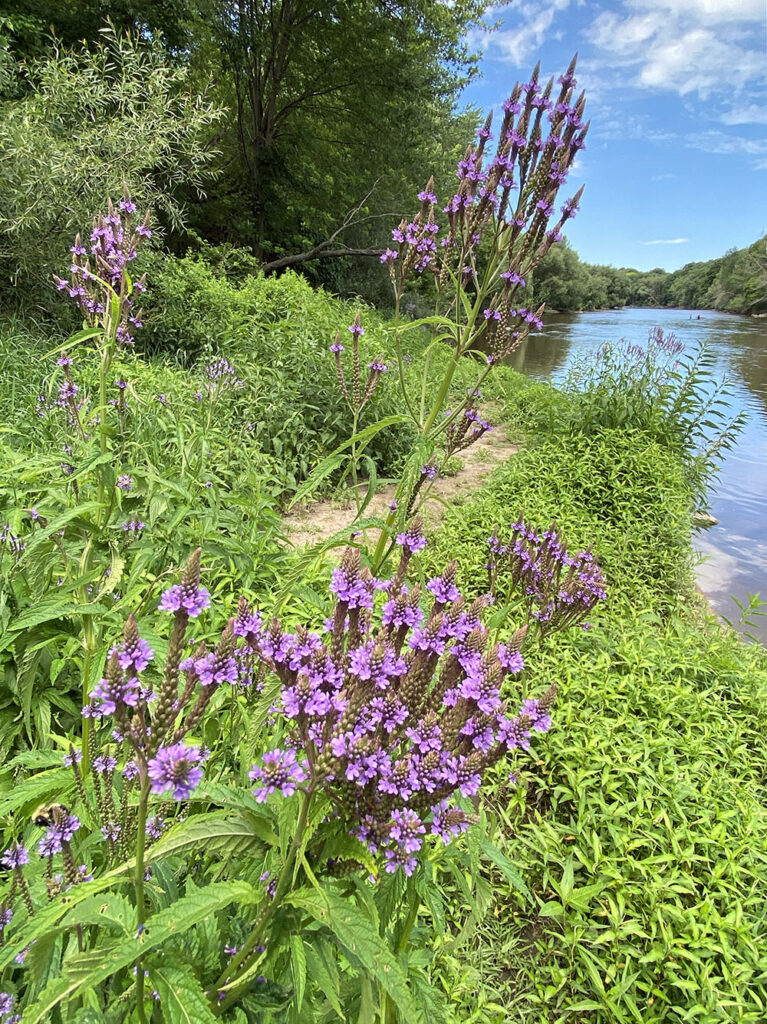
But it isn’t fake news to depict natural beauty in the midst of a great metropolitan area, nor is it illusory to believe in its healing power. The Milwaukee River Greenway is not a paradise but a paradox: Simultaneously beautiful and blemished, resilient and fragile, natural and artificial, wild and intensively used.
Imagine…a wilderness full of people.
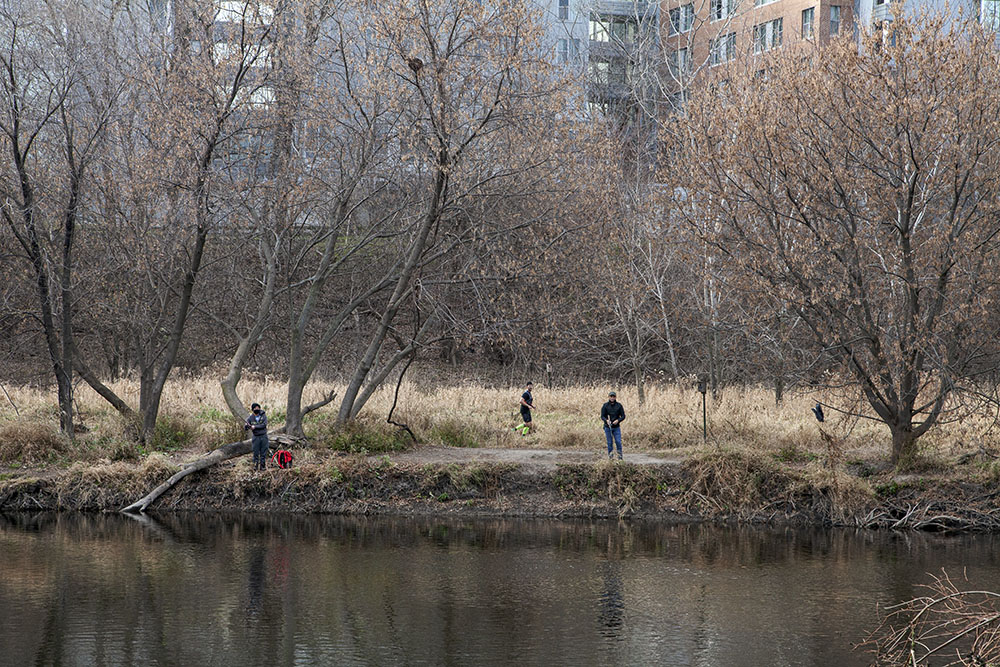
The human element in an image can be impersonal; people can be faceless and nameless, as so often they are when we pass them by, whether on a city street or on a woodland trail. However, one of the most rewarding aspects of the past year has been meeting so many fellow lovers of nature, as well as caretakers of the Greenway. Some of these meetings were planned; some represent lasting relationships; others were ephemeral. Here are just a few of the people I’ve met in the Greenway.
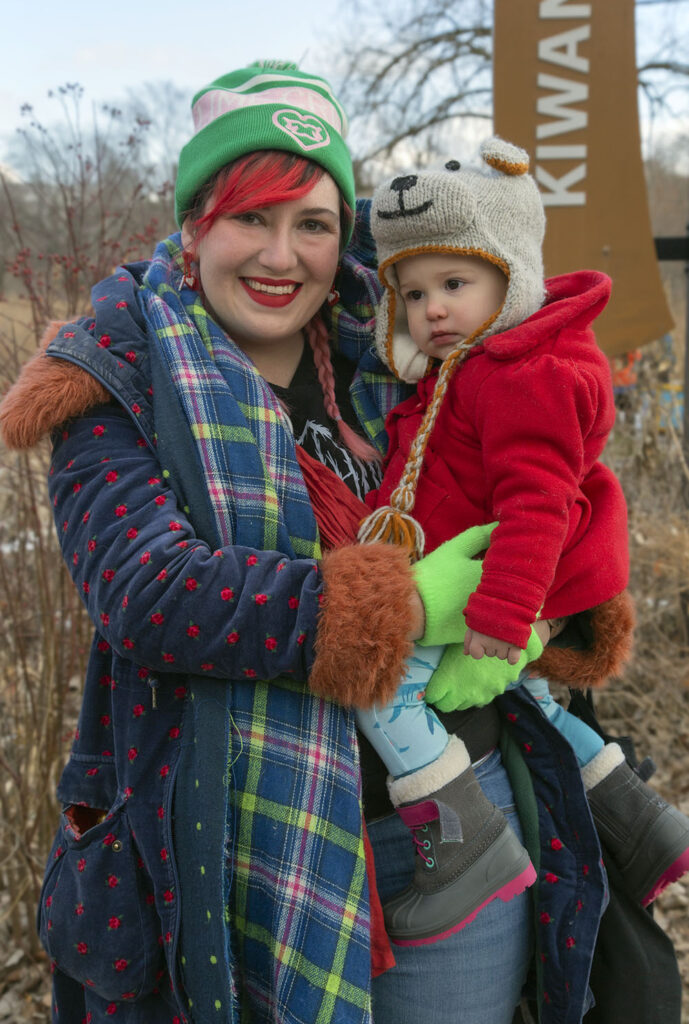
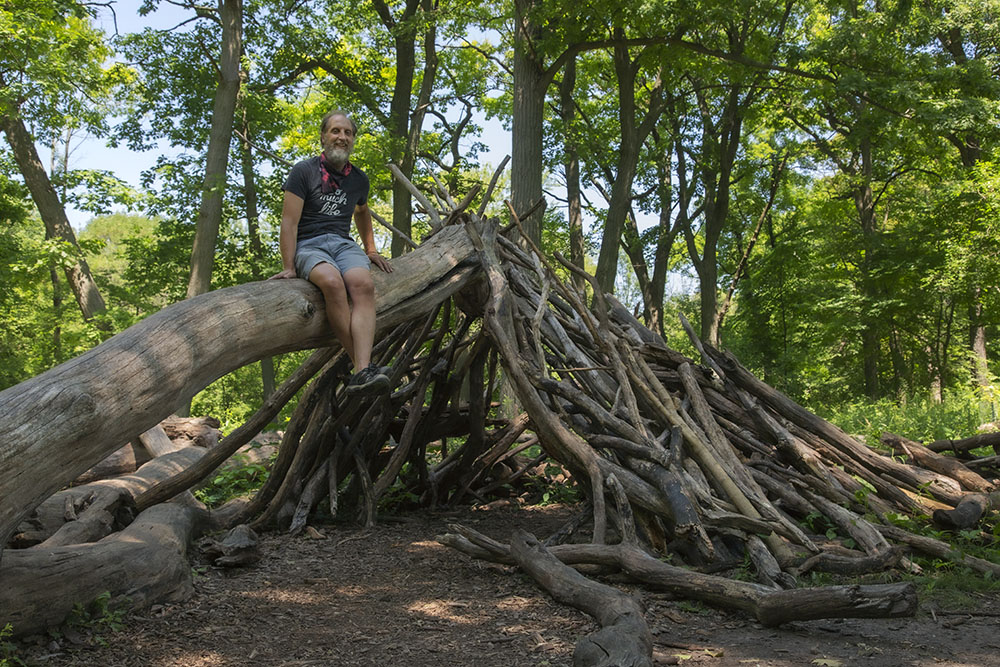
It was his idea to scramble up the log in Riverside Park for his portrait.
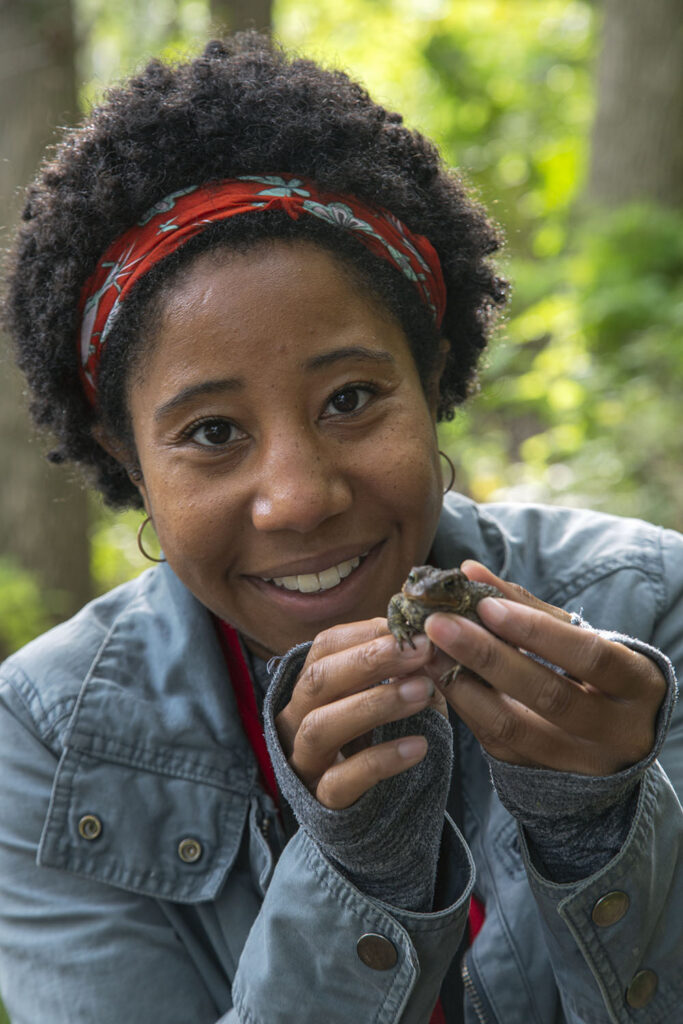
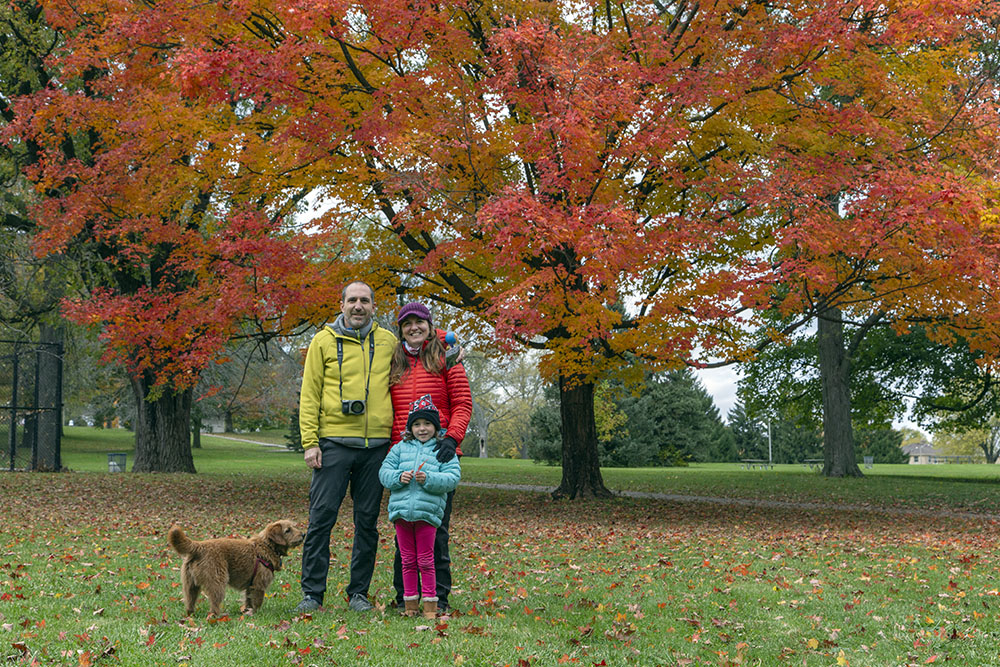
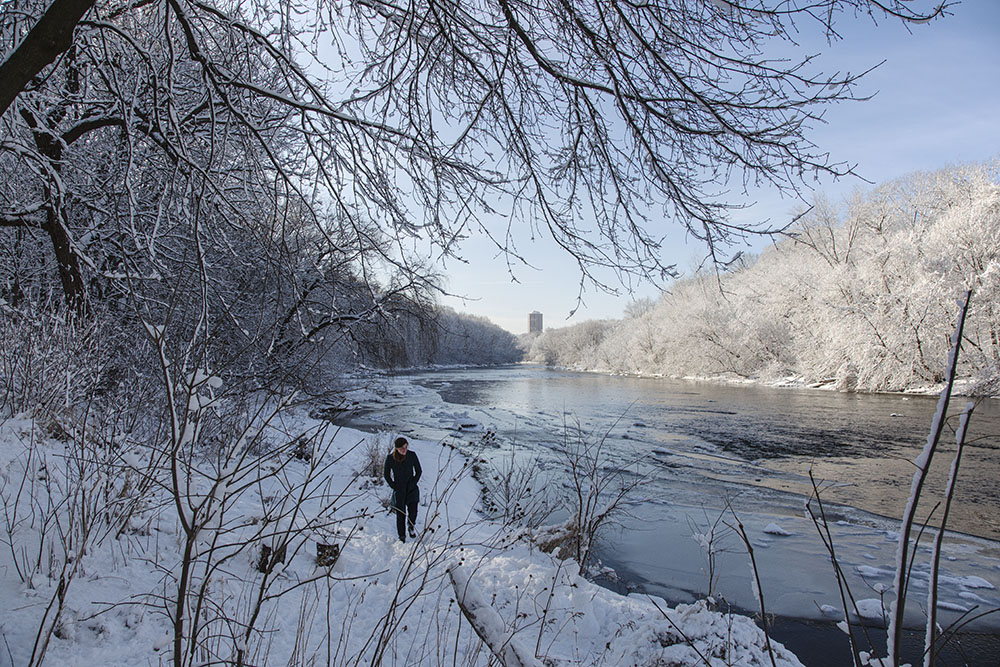
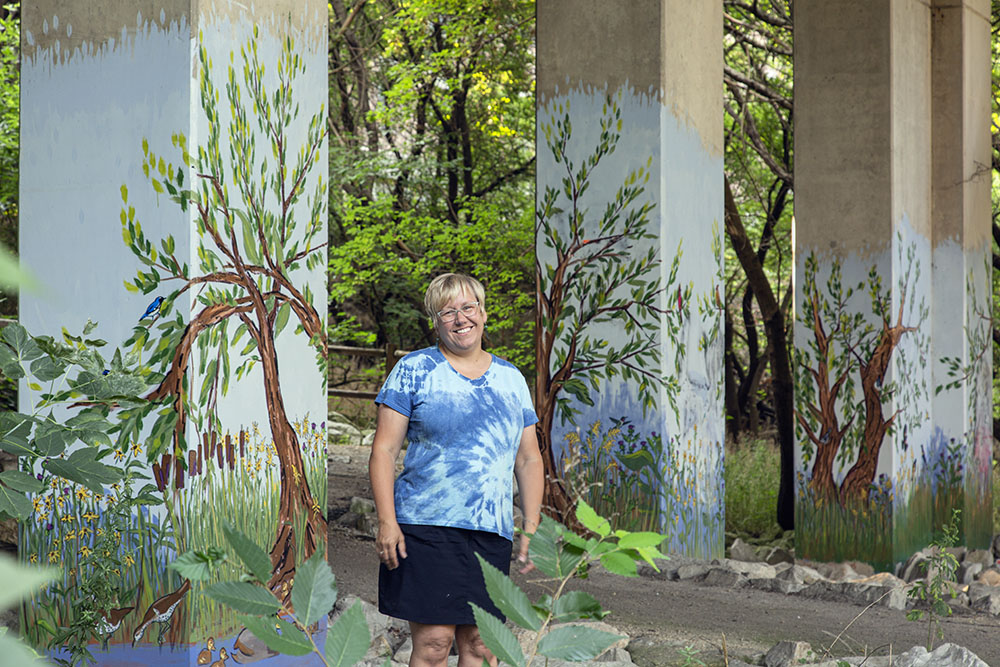
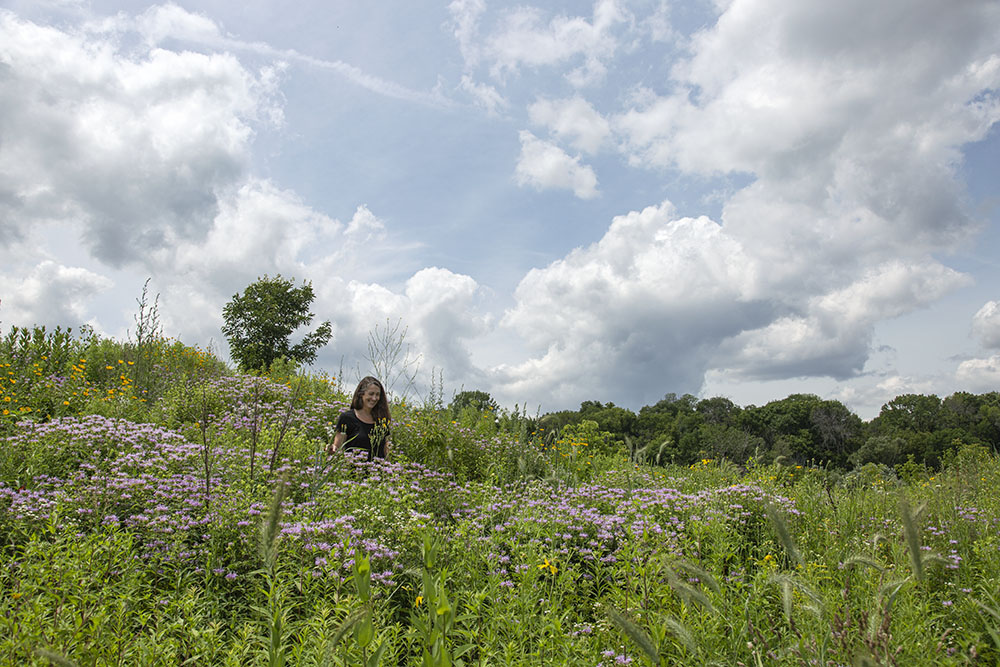
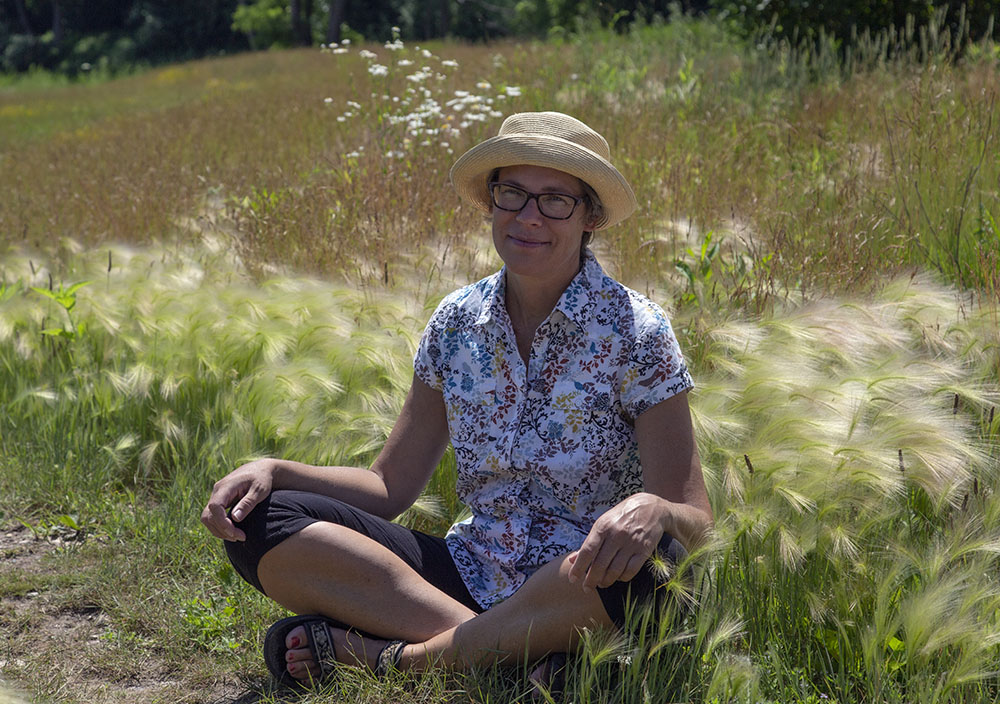
To see additional images of the Milwaukee River Greenway, go to my Flickr album.
To read additional stories in The Natural Realm related to the Greenway, click here.
Bio
Followers of The Natural Realm know me as the photographer and writer of many a blog post, as well as a board member of Preserve Our Parks and Project Director of A Wealth of Nature. But I don’t usually share my background as an artist, which is one of the purposes of these ARTservancy posts.
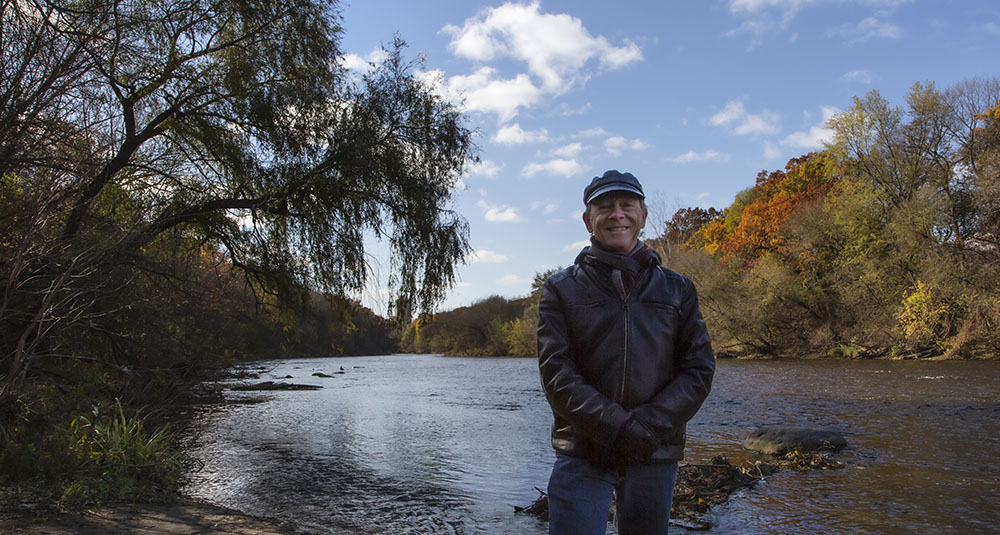
Background:
Trained as an art educator at UW—Madison and UWM, I had a rewarding 30-year career teaching art at Marquette University High School before retiring to pursue my personal practice full time. My lifelong avocation has been an abiding love of nature and concern for the environment. In addition to Preserve Our Parks, I’ve served on the boards of Milwaukee Riverkeeper, Friends of the Hank Aaron State Trail, and Friends of County Grounds Park.
Residencies:
My ARTservancy residency in the Milwaukee River Greenway is the latest in a series of often unconventional art residencies that include Milwaukee’s Menomonee Valley, Harbor District and Lynden Sculpture Garden, as well as UW Trout Lake Field Station in Vilas County, WI, and Vida Compasíon/Alto Cayma Mission in Arequipa, Peru.
Books:
I am the author of Urban Wilderness: Exploring a Metropolitan Watershed, as well as a large bibliography of self-published photography books. The design of books is an important aspect of my artistic practice. A collaborative book about the Milwaukee River Greenway is in progress.
Exhibitions:
My work has been exhibited in many local venues, including Milwaukee Art Museum, Haggerty Museum of Art, Museum of Wisconsin Art, and Wustum Museum of Art; as well as nationally, including Catherine Edelman Gallery, Chicago, IL; Colorado Photographic Art Center, Denver, CO; Orange County Center for Contemporary Art, Santa Ana, CA; Aberdeen Gallery, Washington, DC; 12 12 Gallery, Richmond, VA; CambridgeART Association, Cambridge, MA; University of Miami, Coral Gables, FL; Savannah College of Art and Design, Savannah, GA, and the Center for Fine Art Photography, Fort Collins, CO., to name a selected few.
Website: eddeedaniel.com
This is the latest in a series of featured artists, which is intended to showcase the work of photographers, artists, writers and other creative individuals in our community whose subjects or themes relate in some broad sense to nature, urban nature, people in nature, etc. To see a list of previously featured artists, click here.
The work of the 2020 ARTservancy artists in residence is currently being exhibited monthly at Gallery 224. Eddee Daniel’s work will be exhibited in February 2021. To meet the other 2020 ARTservancy artists in residence, click here.
River Revitalization Foundation, Milwaukee Riverkeeper, and Urban Ecology Center are all partner organizations with A Wealth of Nature.

